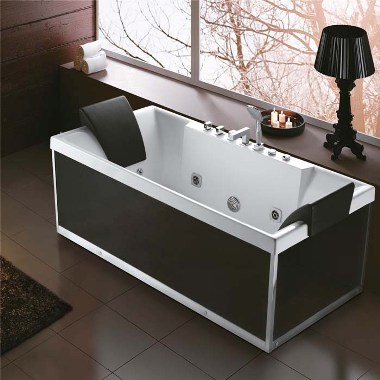With the improvement of living standards, people have higher demands for bathroom facilities. In the past, a simple dry-wet separation and an independent shower area were sufficient. Now, the bathtub is the ideal choice. Size is the top priority, and comfort, style, aesthetics and space are also important.
Bathtub Size Selection Guide
▲ Square bathtub:
The length of square bathtubs usually comes in various specifications such as 1.5 meters, 1.6 meters, 1.7 meters, 1.8 meters and 1.9 meters, but the 1.8-meter length is the most common. This is mainly to adapt to the average height of most people in Europe, North America, South America and other regions. In terms of width, bathtubs are typically available in sizes such as 0.7 meters, 0.75 meters, 0.8 meters, 0.85 meters, and 0.9 meters, among which the 0.8-meter width is the most
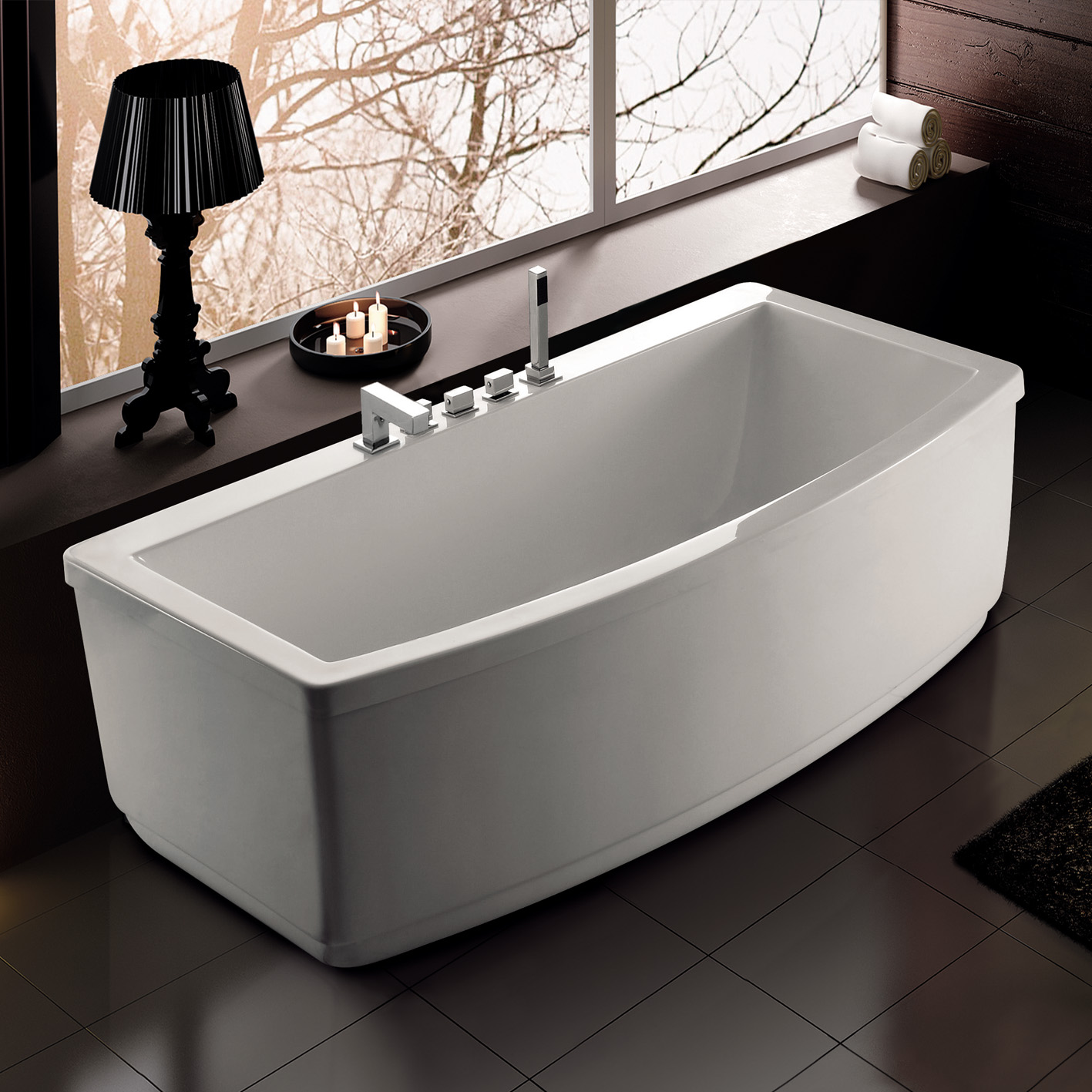
The diameter range of a circular bathtub is usually between 1.5 and 1.8 meters. Such a size requires a relatively large space to accommodate, so it may not be very suitable for small-sized houses. They are more often found in spacious apartments or villas. If your bathroom is spacious enough, you might even consider choosing a circular bathtub with a diameter of 2 meters.
▲ Circular bathtub:
The diameter range of a circular bathtub is usually between 1.5 and 1.8 meters. Such a size requires a relatively large space to accommodate, so it may not be very suitable for small-sized houses. They are more often found in spacious apartments or villas. If your bathroom is spacious enough, you might even consider choosing a circular bathtub with a diameter of 2 meters.
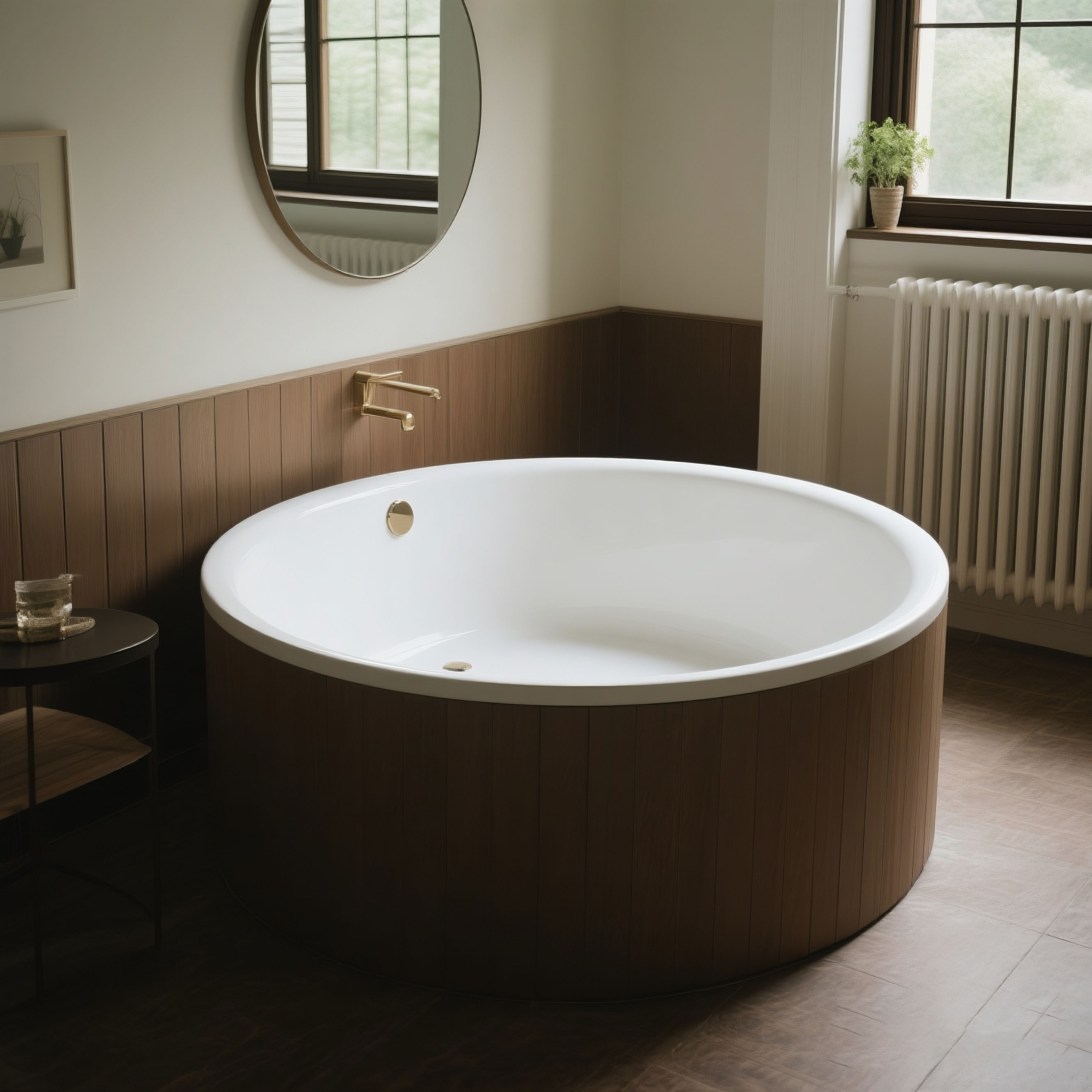
▲ Oval bathtub:
The size of oval bathtubs is mostly similar to that of square bathtubs. The length of a bathtub used in an ordinary household should be at least 1.5 meters. The size of a bathtub usually refers to its external dimensions, with a length ranging from 1.2 meters to 1.7 meters. Common standard sizes are 1600*750mm or 1700*750mm. As for the depth, it is usually between 50 and 70 centimeters. However, please note that in actual use, the size may be reduced by 10 to 20 centimeters. The smallest bathtub, with a length of 1.2 meters, is mainly suitable for children.
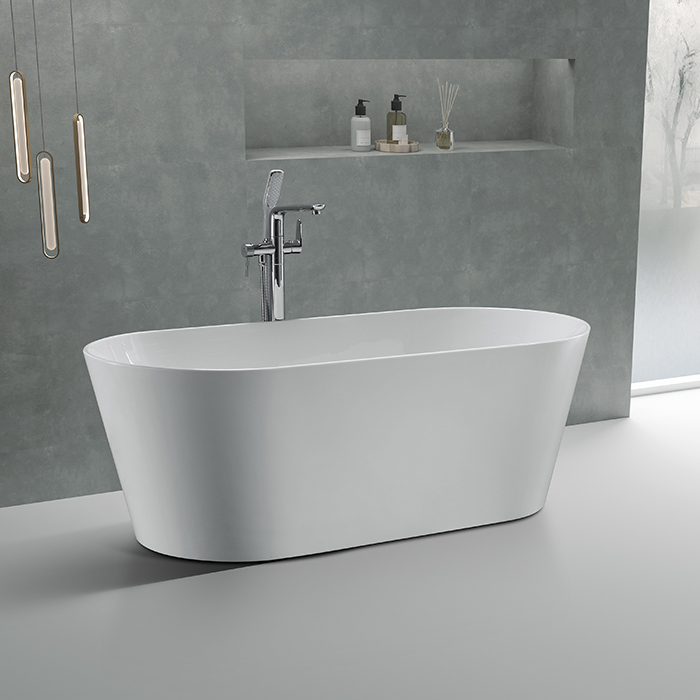
▲ Fan-shaped bathtub:
The fan-shaped bathtub, which resembles a fan in shape, is often installed at the Angle formed by two walls and is particularly suitable for small-sized houses. Its design concept is similar to that of a circular bathtub, and the dimensions are all planned based on the diameter. The smallest fan-shaped bathtub has a diameter of up to 1.2 meters. Inside, a small stool is ingeniously designed, allowing you to enjoy the hot bath while sitting down to experience the warmth and comfort.
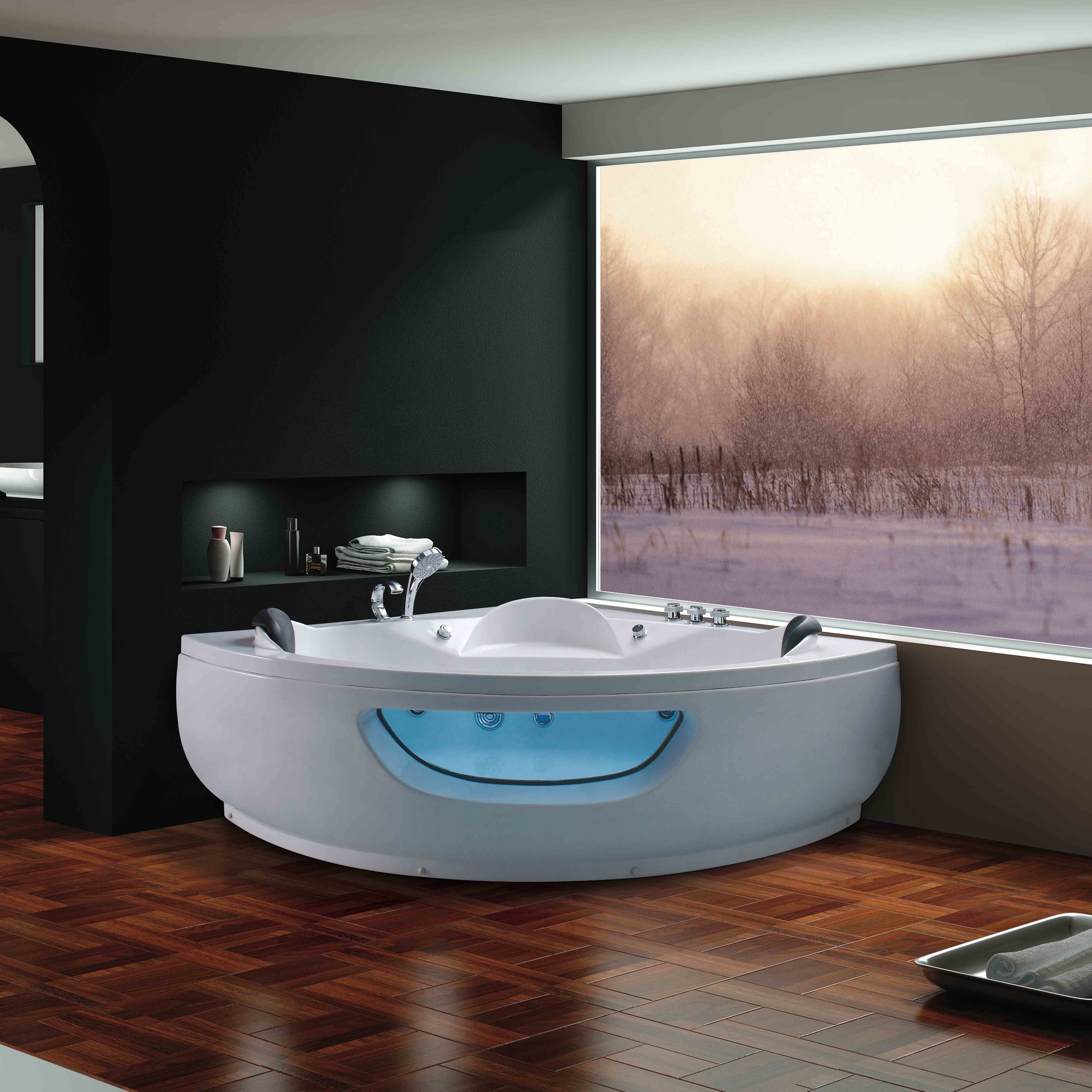
▲ Bathtub selection for small-sized bathrooms:
In the bathroom of a small-sized apartment, choosing the right bathtub size is of vital importance. Due to limited space, a large bathtub clearly cannot accommodate it, while a bathtub that is too small lacks practicality. However, the rectangular bathtub became the ideal choice. They can be installed along the longitudinal wall of the bathroom, making full use of the limited space. When planning the dimensions, one should fully consider the height of the person and the sense of space in the room to ensure comfort. The smallest bathtub can be designed to be 1.3 meters in length and around 70 centimeters in width, which not only saves space but also meets practical needs.

1.Feasibility of installing a bathtub in a small-sized bathroom
A bathtub can be easily accommodated in a bathroom of 3 to 5 square meters! Many people dream of installing a bathtub in their bathroom to enjoy the pleasant time of a private SPA. However, the small bathroom seems to have become a stumbling block for them to realize this dream. In fact, as long as it is planned reasonably, even a small bathroom of 3 to 5 square meters can easily accommodate a bathtub. The key lies in whether you truly need it and how to skillfully integrate it into your life.
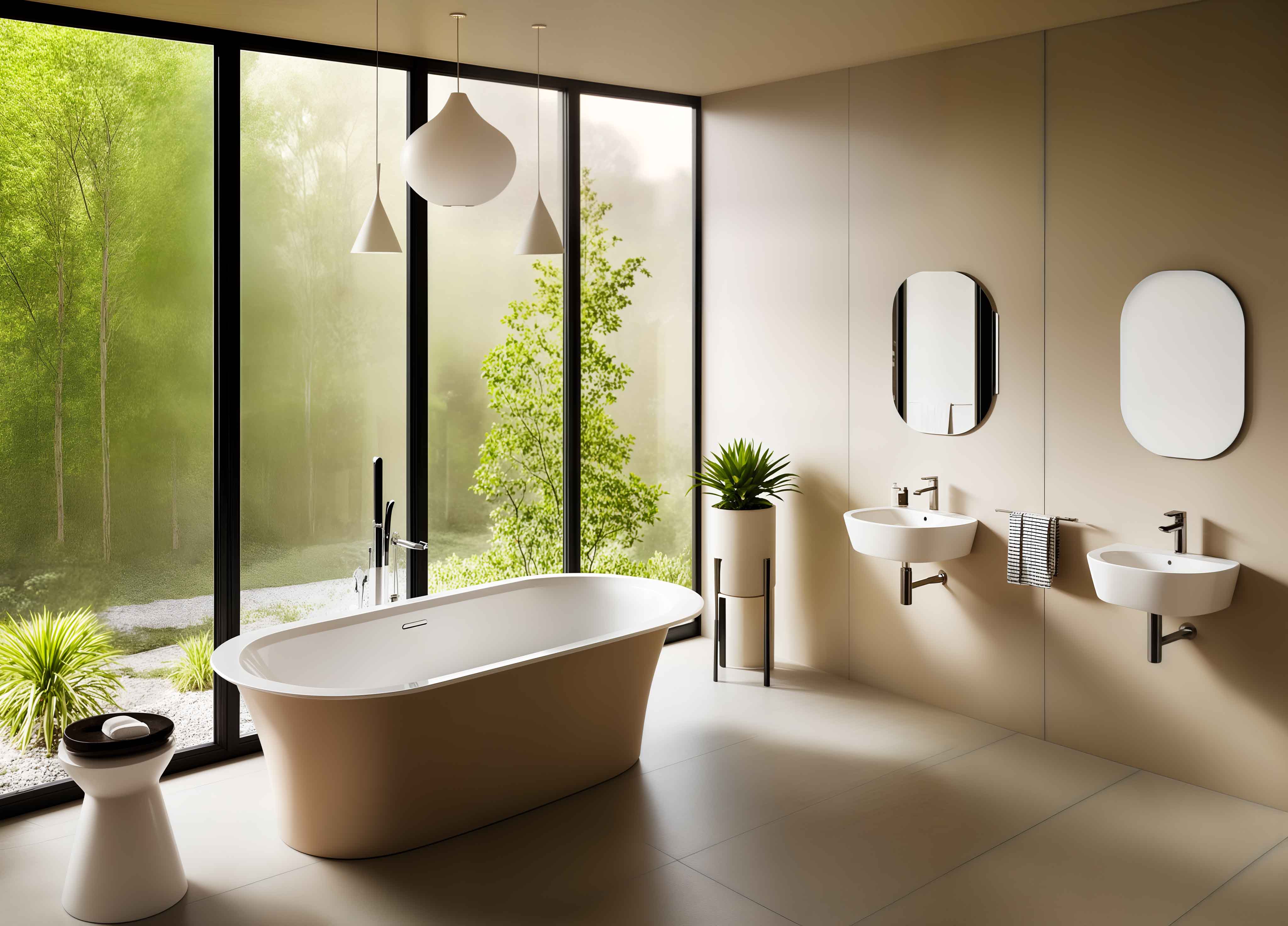
◆ The size and conditions of the mini bathtub
Determining the specifications and space occupied by a mini bathtub is a prerequisite for success. Generally, at least 2.5 square meters of available space is required. The length of a mini bathtub is usually between 1 and 1.2 meters, and its width is 0.7 to 0.75 meters. The floor area it occupies is approximately 0.7 to 0.9 square meters. To ensure the smooth installation of such a bathtub, we need to reserve at least 1.05 to 1.44 square meters of space. After the calculation of the above size specifications, we found that the combined area required for the washbasin, toilet and mini bathtub is approximately 3 square meters. Therefore, as long as space permits, it is actually possible to consider installing a mini bathtub. Of course, whether to install a mini bathtub in the end still depends on personal needs to avoid blindly following the trend.
2. Realize the spatial layout of bathtubs in small-sized apartments
◆ Layout design and selection
For small-sized bathrooms with limited space, how to accommodate a bathtub while effectively separating the dry and wet areas is indeed a problem that needs to be solved. Next, we will explore several practical methods to help you skillfully place a bathtub in a limited space and achieve a dry-wet separation effect.
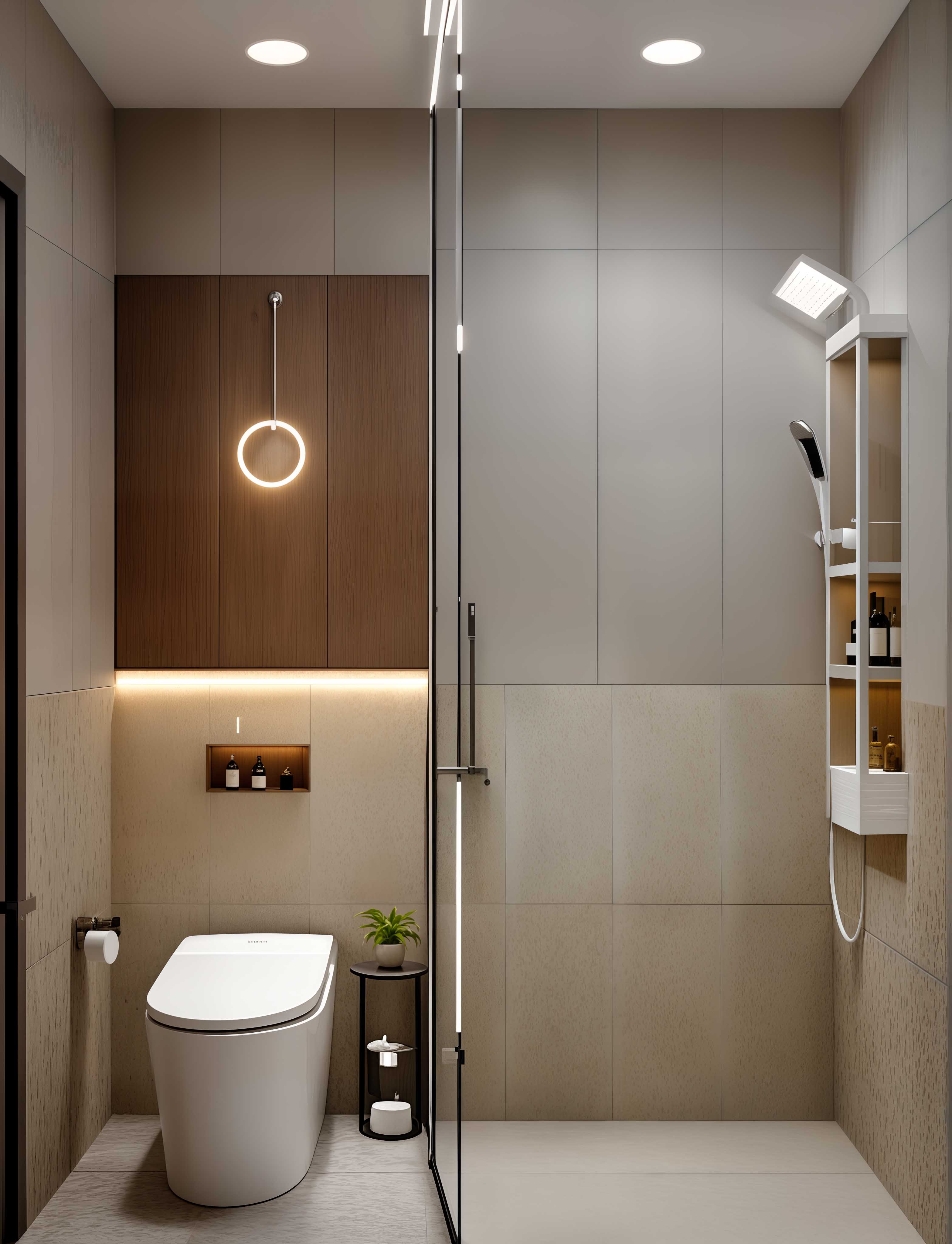
◆ Mini sitting bathtub design
If you wish to enjoy a comfortable bath in a limited space, the mini sitting bathtub is undoubtedly the ideal choice. If you wish to enjoy a comfortable bath experience even in a limited space, then choosing a suitable mini sitting bathtub becomes particularly important. The bathtub with a right-angle wall design should be kept under 1.2 meters in size. This not only saves space but also allows you to enjoy the bath while feeling the peace of mind and comfort brought by the double-layer insulation and strong load-bearing capacity.
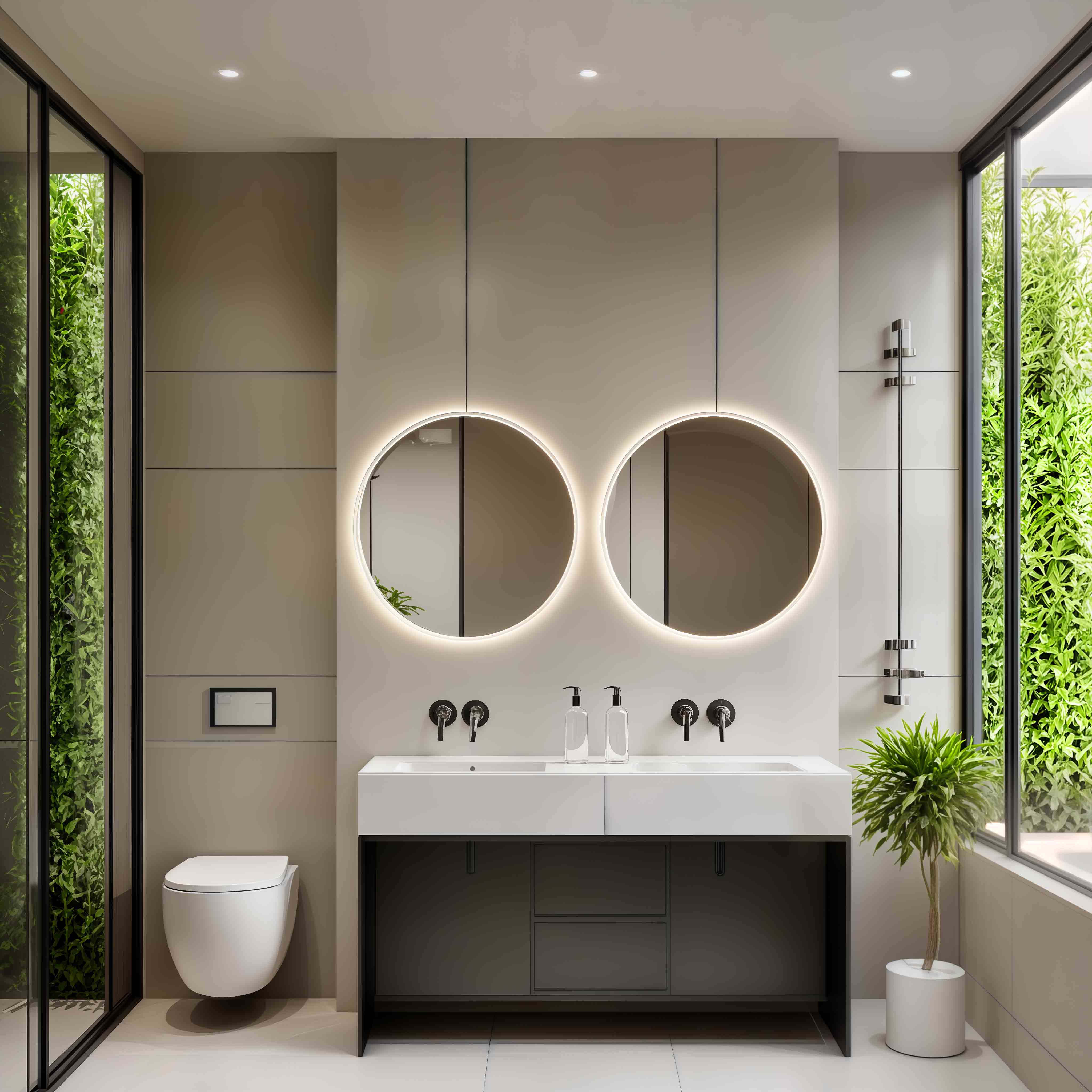
◆ Regional Division and utilization
In small-sized apartments, the two-separation layout is the most common, that is, the wet area (such as the shower area) and the dry area (such as the toilet area plus the washbasin area) are designed separately. This layout is not only practical but also suitable for most families. After the dry-wet separation is completed, the layout of the bathroom becomes clearer. The shower area and the bath area are ingeniously divided into separate Spaces of 1 square meter, while the washbasin area occupies 0.5 square meters and the toilet area is allocated 1.5 square meters. This design not only effectively solves the problem of dryness and wetness, but also frees up space for the placement of the bathtub, making the bathroom more functional.
3. Installation and usage precautions

◆ Key points of Installation and selection
The installation of a bathtub is a process that requires careful consideration. Whether choosing an embedded bathtub or a freestanding bathtub, the most suitable decision should be made based on the entire living space and budget. During the installation process, make sure to reserve appropriate sewer pipes, water inlet pipes and faucet openings to ensure that the bathtub can be used smoothly and safely.
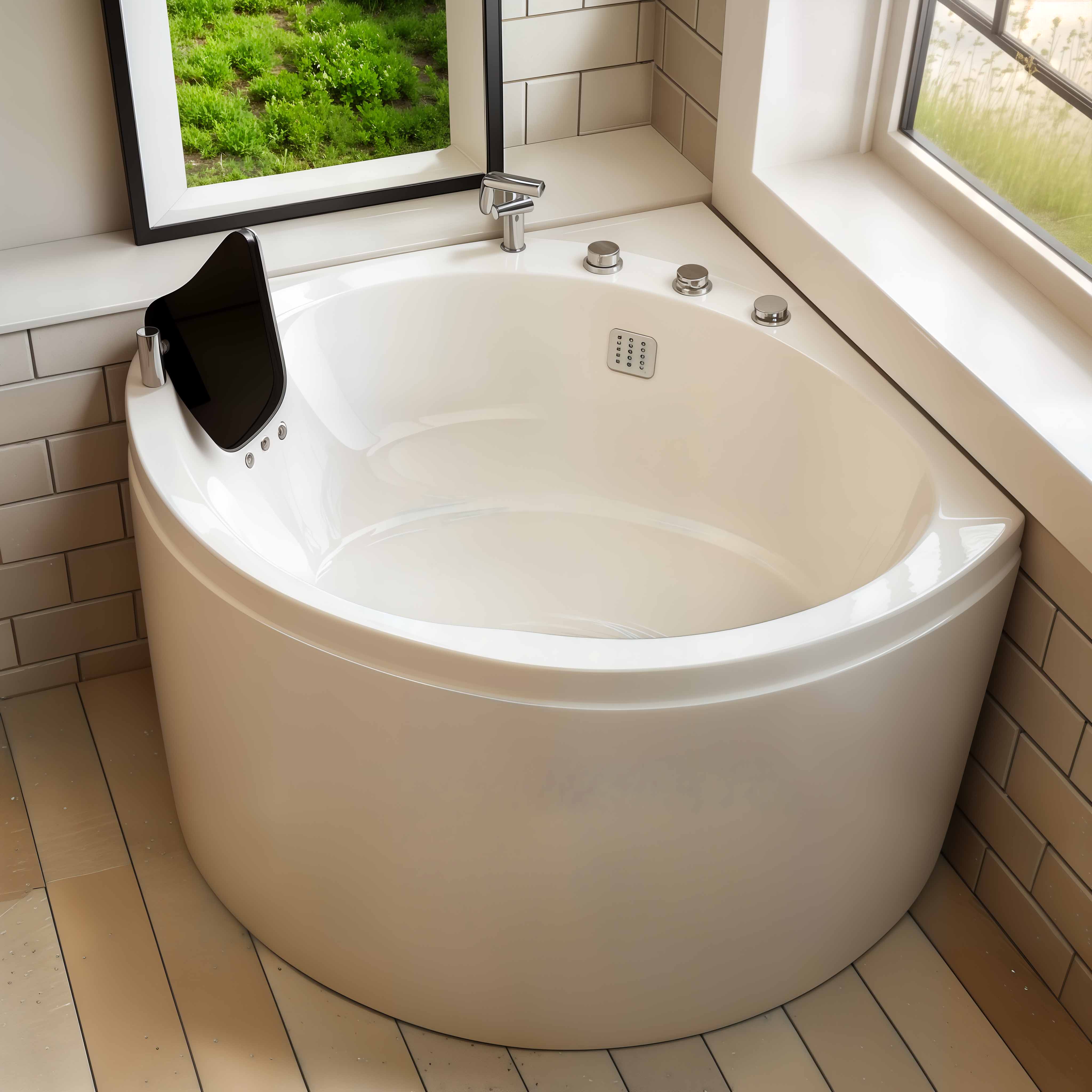
◆ Safety and Maintenance
During the installation process, choosing the appropriate type and location of the bathtub is of vital importance. It is necessary to pay attention to reserving the position of the pipes and ensuring stability. Apply silicone sealant evenly to the contact areas between the bathtub and the skirt as well as the walls. This not only enhances the stability of the bathtub but also effectively extends its service life. Even in the bathroom of a small-sized apartment, the installation of a bathtub can be achieved through reasonable planning and selection, endowing the bathroom with more functions and a more comfortable experience. If you are fascinated by bathtubs, why not start creating your ideal bathroom space.

